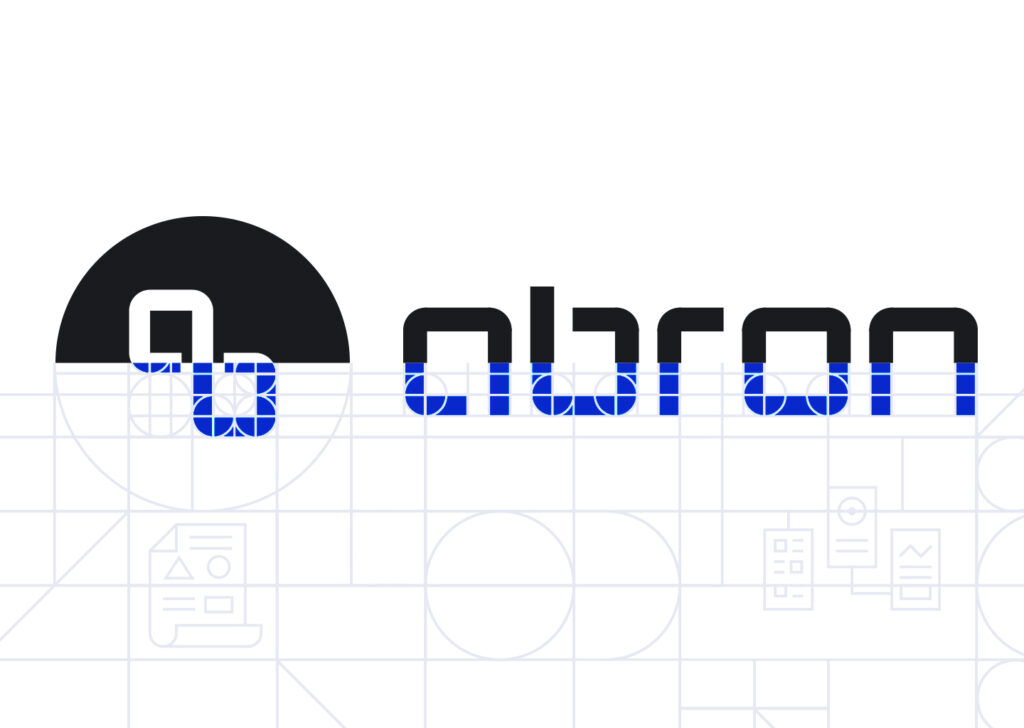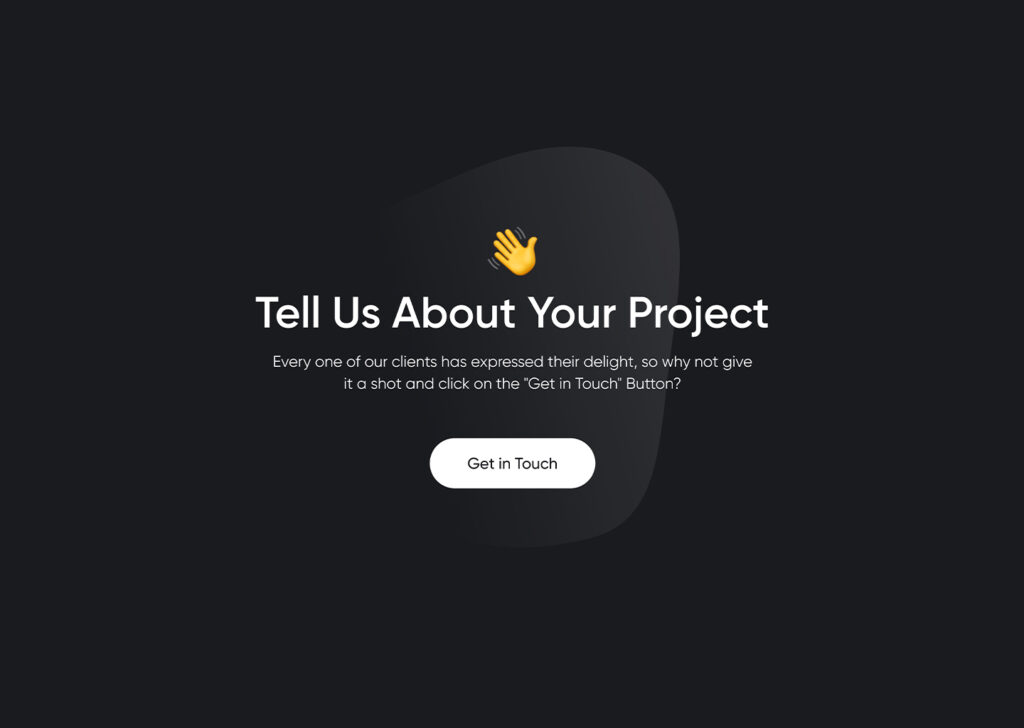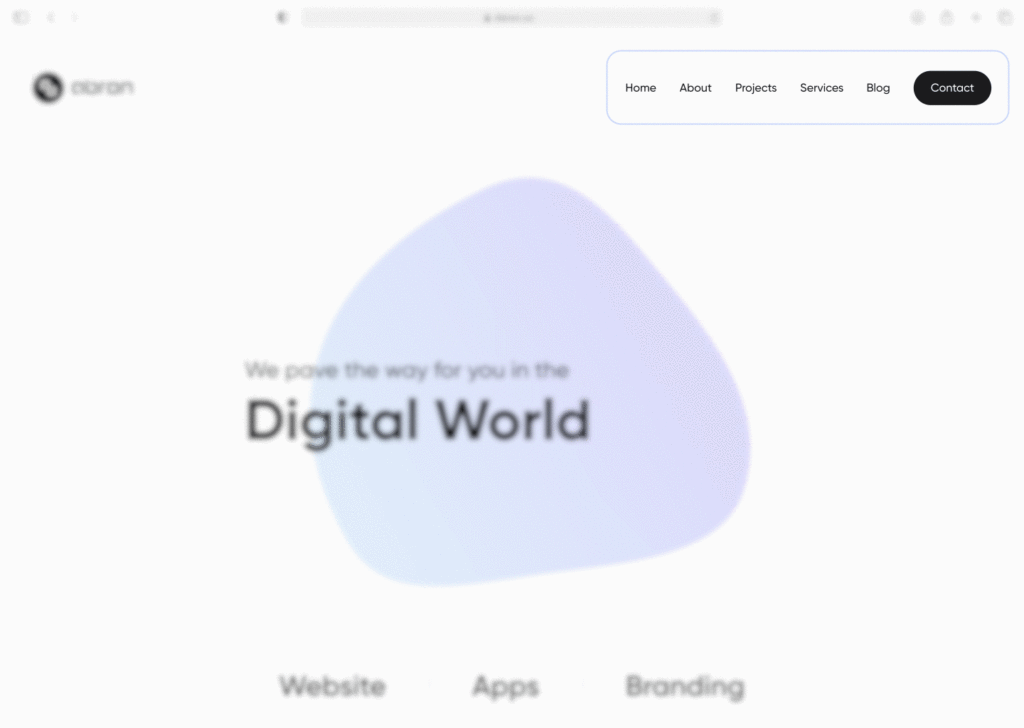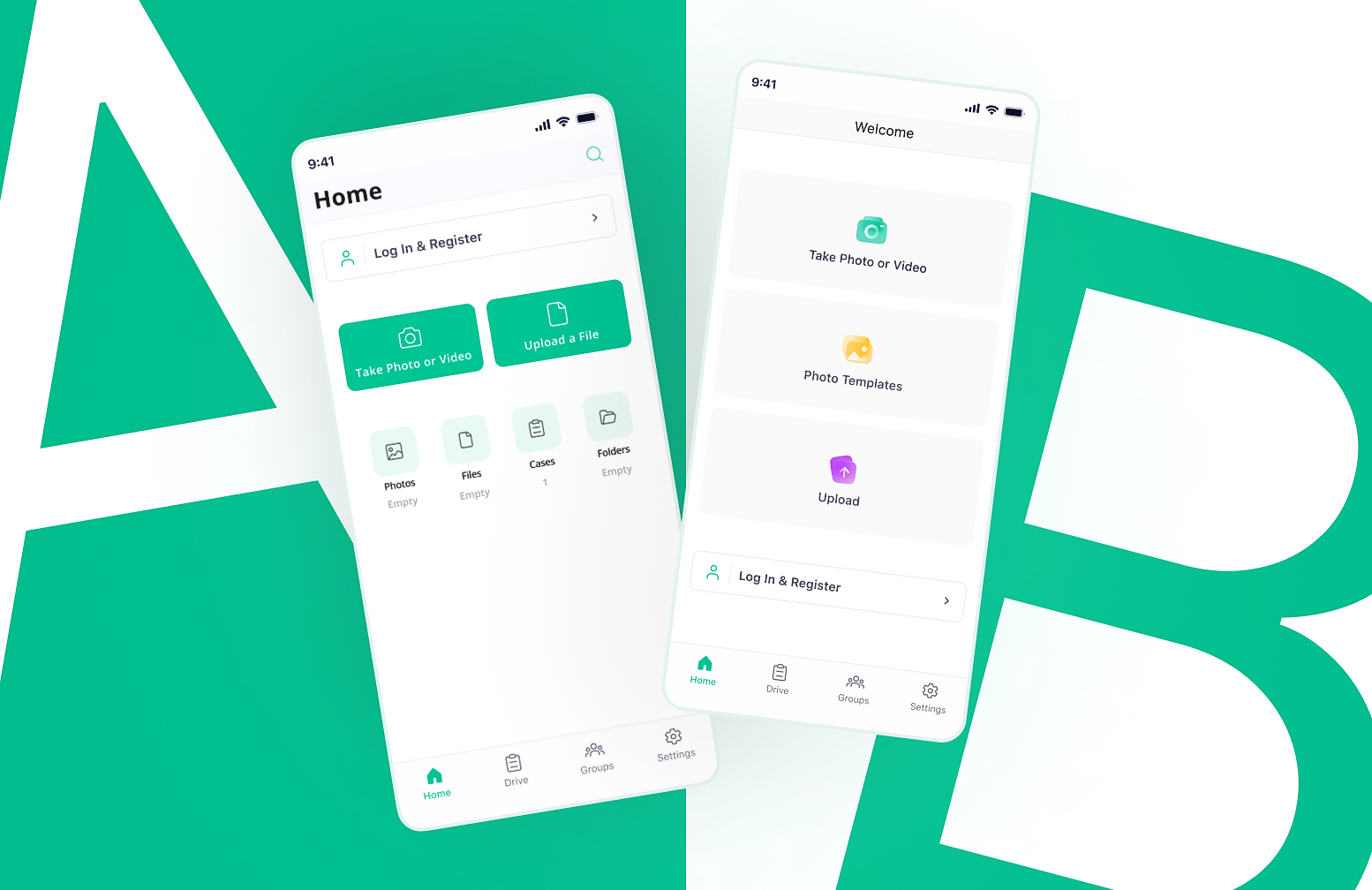Developing an appealing website is at the heart of every successful business, particularly in the current era of digital marketing and intense e-commerce competition. So, it is essential that you dedicate enough time and precision to the presentation and improvement of your webpage.
A website can help you reach a wider audience, build brand awareness, and sell products and services online. However, simply having a website is not enough. To make your website effective and successful, there are certain elements and aspects that you can’t afford to miss. In this article, we will discuss the most important elements of a website that will help boost the quality of your page in a way that can address the interests of a wide array of customer groups and potential webpage visitors.
1. Navigation and Site Architecture
The last thing you want is a visitor that leaves your website with the frustration of not having found what they were looking for. A good website must be convenient in terms of providing easily locatable information. The navigation bar and menu items are expected to be easily accessible with clear bullet points that can steer users toward their desired page without causing too much confusion. That is why your navigation menu should be organized and clearly labeled, and it should be consistent across all pages of your website.
Having a straightforward navigation system also aids search engines in indexing all of your website pages quickly. For a well-designed business site, every significant page should have a direct link to the home page. Additionally, it’s recommended that none of your website pages are more than two clicks away from your home page.
2. Visual Design and White Space
People tend to judge a book by its cover! There is a famous expression in marketing that says “People buy on emotion and rationalize with logic.” Therefore, given its positive emotional effect, the visual attractiveness of your website must be among your top priorities. Incorporating eye-catching graphic elements into your website together with appropriate text fonts, colors, animated visuals, and image layouts are among the several means of design enhancement. Make sure to utilize them tastefully without pushing your webpage over the edge with a heavy load of graphic components.
It’s also important to use white space effectively. White space refers to the empty space around design elements on a webpage. It helps to create a sense of balance and organization, making the website easier to read and navigate. Without adequate white space, the website may look cluttered and difficult to use. Therefore, website designers must strike the right balance between visual attractiveness and white space to create a website that is both aesthetic and functional.

3. Content
Whether you’re creating blog posts, product descriptions, or other types of content, it’s important to ensure that it is well-written, informative, and relevant to your target audience. Any visit to your website is primarily made with the purpose of seeking information. This is where you can showcase the quality and prestige of your business. Make sure to include all the key information on the homepage in a clear, organized, and precise manner. Anticipate the service your clients could expect to receive from a company like yours and provide the information that fits the objectives of your business the best. Remember to avoid typos and maintain a unique yet simple writing style that will help your webpage stand out among millions of others.
4. SEO Features
Appealing imagery accompanied by compelling content is worthy only as long as they are visible to internet users. If you are planning to reach out to as many users as possible, it is essential for your web designers and SEO specialists to arrange the content of your site in accordance with the search engine optimization guidelines. By so doing, your site can seize the opportunity to appear among the top results on popular browsers like Google, Yahoo, Bing, etc., which will make your business thrive and your services will be accessible to a larger audience.
SEO encompasses a range of tactics designed to help your website rank higher in search engine result pages, such as keyword research, on-page optimization, and link building. By incorporating SEO practices into your website design and content strategy, you can improve your visibility and attract more targeted traffic to your site.
5. Security
With increasing personal and financial data being shared online, website security has become a crucial concern for users. A website that lacks proper security measures is vulnerable to attacks such as hacking, malware infections, and data breaches, which can lead to the loss of sensitive information and the reputation of the website. Therefore, if your website collects personal information from visitors, it’s important to have security features in place to protect that information. This can include features such as SSL encryption, two-factor authentication, and regular backups of your website data. By prioritizing website security, you can establish trust with your users and protect your website from potential threats.
6. Branding
Branding and marketing are crucial elements that can make or break the success of a website. A well-defined brand identity can help create a strong connection with your audience, establish trust, and differentiate your website from competitors. Your website’s branding should be consistent with your overall brand strategy, including your logo, color scheme, tone of voice, and messaging. Additionally, marketing tactics such as social media marketing and content marketing can help drive traffic to your website and increase your online visibility.

7. Call to Action (CTA)
A call to action (CTA) is a button or link that encourages visitors to take a specific action, such as making a purchase, filling out a form, or creating an account. The message often uses action verbs like “purchase”, “sign up”, “log in”, “follow”, etc., and directs the consumer toward the next step in a sales funnel.
The usage of CTA increases conversion rates by motivating visitors to take action rather than simply reading and leaving the web page. The most popular place for these kinds of CTAs is on the sidebar, price suggestion box, or at the end of posts. There is no limitation for using CTA buttons; however, it is recommended to use at most two CTAs on a single page.

8. Response Time
In today’s fast-paced world, people expect websites to load quickly, and they won’t hesitate to move on to a faster site if yours is too slow. Therefore, the visitors of your site are probably too impatient and hasty to wait for several seconds for your website to load. This is why the response speed of your site plays an important role in rendering a smooth customer experience for your clients and engaging their attention. There are several techniques that can be employed to optimize the loading speed of your site, such as compressing your images or reducing the redirects, all of which must be left in the hands of website developer experts.
Additionally, search engines like Google prioritize fast-loading websites, so optimizing your site’s speed can also improve your search engine rankings.
9. Mobile-Friendly Layouts
With more and more people using their smartphones to browse the internet, it’s essential that your website is mobile-responsive. This means that the website’s layout, design, and content should be adapted to fit the smaller screen size, and the site should load quickly and be easy to navigate with a touch screen. With mobile devices accounting for a significant portion of web traffic, having a mobile-friendly website is no longer optional, but a necessity to ensure that your website is accessible to a wide range of users and to stay ahead of the competition.

10. Tracking of Conversions
Conversion is the ultimate goal of any website, whether it’s to sell products or services, generate leads, or encourage users to take specific actions. To maximize the effectiveness of a site, it’s essential to track conversion rates and optimize the site to improve them continually. By analyzing visitor behavior, such as click rates, page views, and time spent on the site, website owners can identify areas of their website that need improvement and make data-driven decisions to optimize it for maximum conversion. Tracking conversion rates also provides website owners with valuable insights into their marketing strategies, allowing them to focus on what works and eliminate what doesn’t. Overall, conversion tracking is an essential tool for website owners looking to optimize their sites for maximum effectiveness and drive business growth.
11. Search Field
Including a search field on a website is an essential element that should not be overlooked. With the increasing amount of information available on the internet, users need an easy and efficient way to find what they are looking for on a website. A search field allows users to quickly search for specific content or products without having to navigate through multiple pages. It saves time and improves the user experience, making it more likely that users will stay on the site and return in the future. In addition, a search field can also provide valuable insights into what users are searching for, which can help website owners optimize their content and improve their overall strategy.
12. Menus
Menus are one of the most important elements of a website as they provide a navigation structure for visitors to easily find what they are looking for. A well-designed menu should be intuitive and easy to use, allowing visitors to quickly access the pages or sections of the website they need. Without a menu, visitors may feel lost and frustrated, potentially leading them to leave the website altogether. Additionally, a menu can help improve the overall user experience by providing a sense of organization and hierarchy. Therefore, it is essential to ensure that menus are well-designed and prominently placed on the website, allowing visitors to navigate the site with ease.

13. Robust Backend Infrastructure
The backend infrastructure is important, as it ensures that the website is running smoothly and efficiently. A well-designed backend infrastructure should be able to handle high traffic volumes, provide fast page load times, and ensure that the website is secure and reliable. Therefore, it is essential to invest in a quality backend infrastructure to ensure that the website is always up-to-date, secure, and performing at its best.
14. Hero Section
The hero image or hero section is the first thing that visitors see when they land on a website, making it one of the most important elements of any website design. A well-designed hero image can capture the attention of visitors, create a strong first impression, and convey the overall brand message and tone of the website. It can help guide visitors toward the most important areas of the website, such as a call-to-action or featured content.
Without a strong hero image or section, visitors may quickly lose interest or become confused about the purpose of the website.

15. Footer
A website footer appears at the bottom of every page and contains critical information such as copyright notices, legal disclaimers, links to the site’s terms and conditions, and contact details. Not only does the footer provide important information, but it also serves as a navigational aid for users who have scrolled to the bottom of the page. The footer is an excellent place to link to important pages on your site, such as your “About Us” page, blog, or social media profiles. Additionally, the footer can include call-to-action buttons, such as a newsletter signup or a link to purchase products, helping to drive conversions.

To Sum Up
Prioritizing the aforementioned features is paramount for every business owner striving to craft an exceptional website that truly represents their company. By incorporating these elements, in terms of both aesthetics and backend structure, businesses can significantly enhance the overall success of their website.
Check out our previous articles at https://abron.co/blog/.
Check out more articles on Medium.






